Discover the Roof Of Africa
Mount Kilimanjaro, located in Tanzania, is the highest freestanding mountain in the world and the tallest peak in Africa.
Overview
Mount Kilimanjaro, the highest peak in Africa at 5,895 meters (19,341 feet), is a majestic free-standing volcano in Tanzania. Known for its breathtaking landscapes, Kilimanjaro features diverse ecosystems, from lush rainforests and alpine deserts to its iconic snow-capped summit. A popular destination for trekkers worldwide, it offers multiple routes varying in difficulty and scenery, with no technical climbing required. Despite its accessibility, the climb is challenging due to high altitude, making proper acclimatization crucial. Reaching Uhuru Peak, the highest point, is a rewarding experience, offering stunning sunrise views over the African plains.

Popular Mount Kilimanjaro Tours
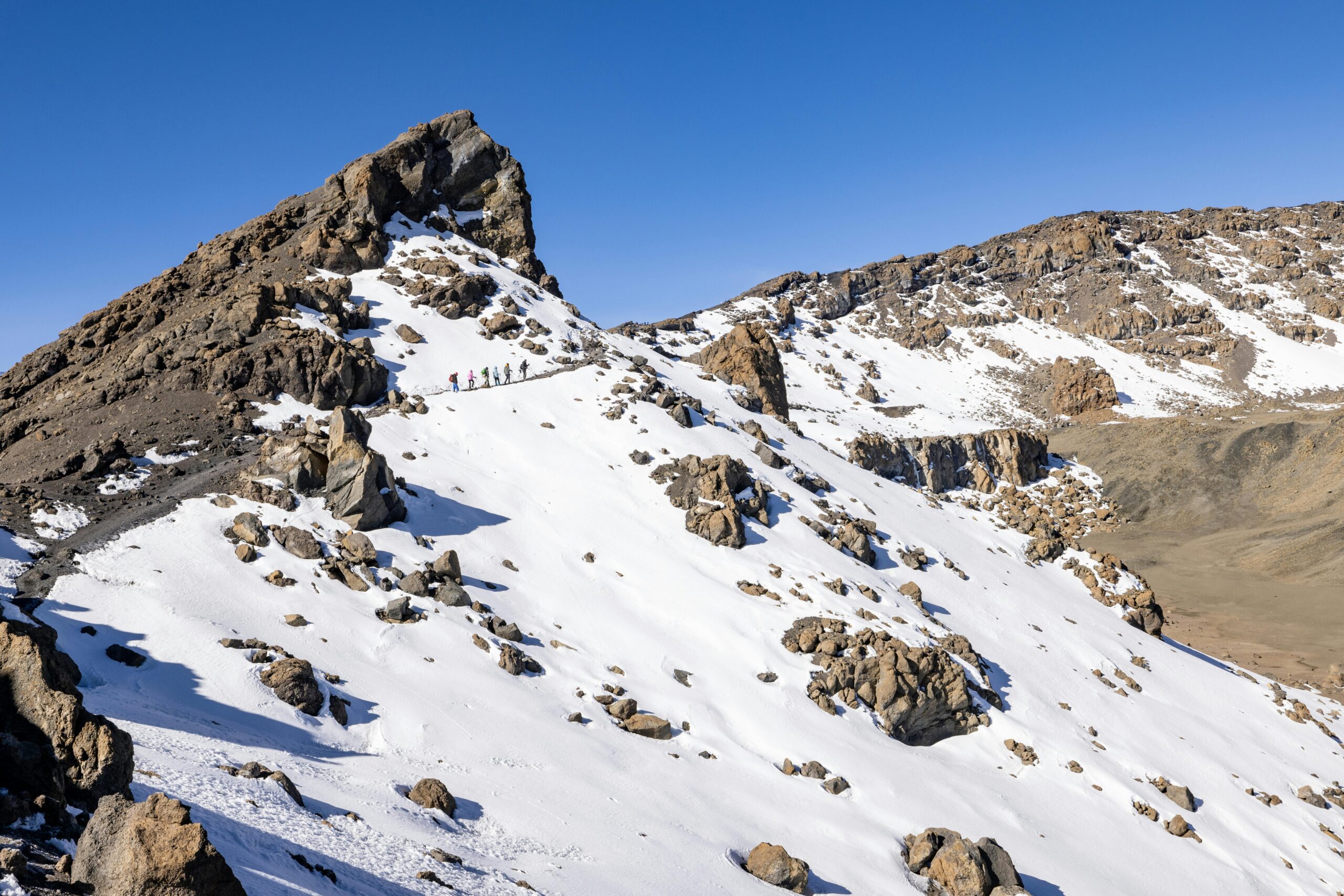
Lemosho Route
- 7 - 8 Days
- Tanzania
7 Days Package
8 Days Package
Lemosho Route
Description
The Lemosho Route is renowned for its stunning landscapes and is one of the most scenic paths up Mount Kilimanjaro. While it is among the more expensive options due to its extended duration, it offers a gradual ascent, increasing the chances of a successful summit. The route begins on the western side of the mountain, running parallel to the Shira Route, before traversing the Shira Plateau, ascending the Barranco Wall, and culminating in the final push to Uhuru Peak. Descent is via the Mweka Route on the southern side.
Landscape
The trek starts with two days of lush rainforest trails before transitioning into moorlands leading to the breathtaking Shira Plateau. The route showcases dramatic rock formations, sweeping vistas, and distant views of Mount Meru, making it one of the most visually rewarding trails on Kilimanjaro.
Highlights
- Stunning and varied landscapes
- High summit success rate
- Less crowded compared to other routes
Difficulty Level
Moderate difficulty with a 90% success rate
Distance
67 km over 7–8 days
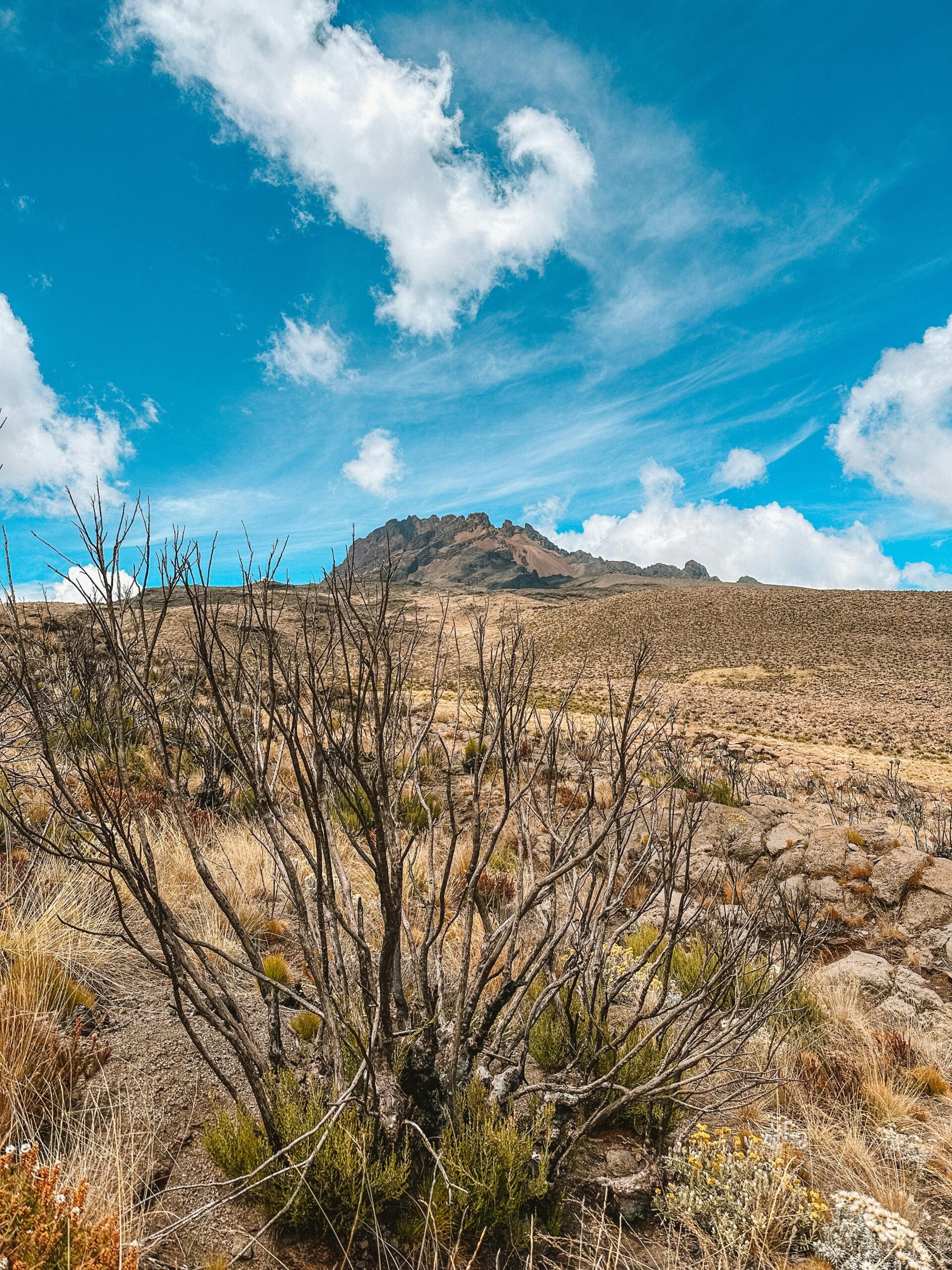
Marangu Route
- 5 - 6 Days
- Tanzania
5 Days Package
6 Days Package
Marangu Route
Description
Known as the “Coca-Cola” route, the Marangu Route is popular among climbers who prefer hut accommodations over camping. While it is often perceived as an easier option, its shorter duration leaves little time for acclimatization, resulting in one of the lowest summit success rates. To improve the chances of reaching Uhuru Peak, a 6-day itinerary is recommended instead of the standard 5-day trek. The route follows the same path for both ascent and descent.
Landscape
Starting on Kilimanjaro’s southeastern side, the trail passes through lush rainforest before transitioning into moorlands. As the altitude increases, the terrain becomes more rugged and barren. The gradient remains relatively gentle for most of the climb, but summit day presents a steep and challenging ascent. Since trekkers descend along the same route, scenic variety is limited.
Highlights
- Hut accommodations with basic shelter and cold beverages
- Shortest route to the summit
- One of the most affordable options
Difficulty Level
Relatively easy until the steep and demanding summit day; lowest success rate due to limited acclimatization.
Distance
70 km over 5–6 days
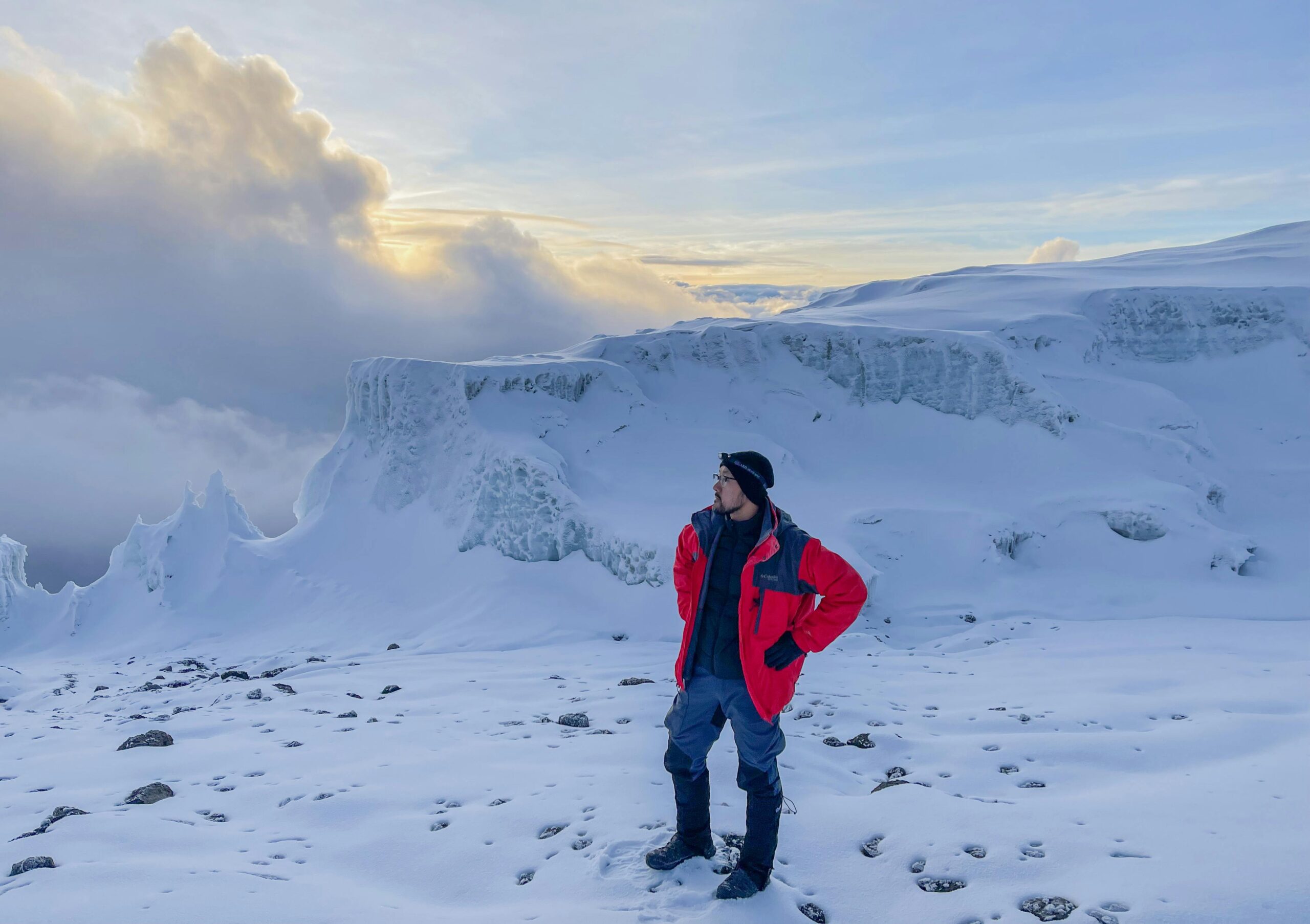
Machame Route
- 6 - 7 Days
- Tanzania
6 Days Package
7 Days Package
Machame Route
Description
Nicknamed the “Whiskey Route”, the Machame Route presents a more challenging trek than the Marangu Route. However, its longer duration allows for better acclimatization, incorporating the “climb high, sleep low” strategy, which significantly improves summit success rates. While the route features some steep sections, including the imposing Barranco Wall, proper preparation makes it a manageable and rewarding climb.
Landscape
Beginning on the southwestern side of Kilimanjaro, the trail winds through lush rainforest, vast moorlands, and four distinct climatic zones, eventually leading to the striking lunar-like terrain of the Shira Plateau. Trekkers will also pass the iconic Lava Tower before making their final ascent to Uhuru Peak.
Highlights
- Stunning and diverse landscapes
- Higher summit success rate due to gradual acclimatization
- Iconic features like Lava Tower and Barranco Wall
Difficulty Level
Moderately difficult with an 85% success rate
Distance
61 km over 6–7 days
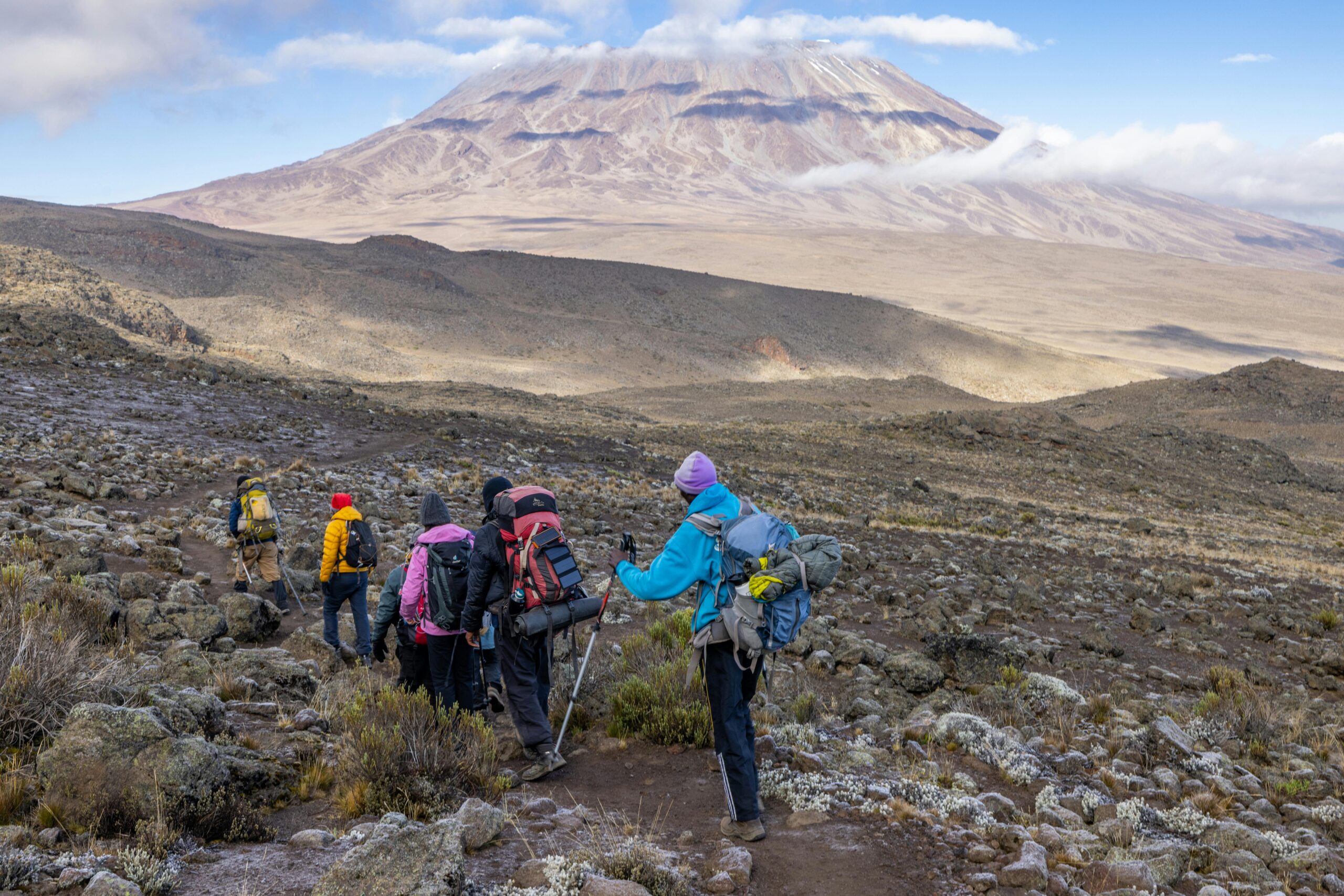
Rongai Route
- 6 - 7 Days
- Tanzania
6 Days Package
7 Days Package
Rongai Route
Description
The Rongai Route is the only route that starts from the northern side of Mount Kilimanjaro, making it the driest option, especially favorable during the wet season. While it may be less scenic than other routes, it offers a gradual ascent with well-spaced camps, allowing for better acclimatization. With fewer trekkers, the trail feels more remote and wilder, and there’s even a chance of spotting wildlife in the early stages. From day three, the terrain becomes gentler but remains rocky, and the shorter trekking stage before summit night provides a welcome opportunity to rest before the midnight push to Uhuru Peak. The descent follows the Marangu Route to the southeast, taking up to two days.
Landscape
The trail begins in farmlands before transitioning into rainforest, followed by woodlands and moorlands. As the altitude increases, hikers reach the otherworldly expanse of the ‘Saddle’, a barren high-altitude desert between Mawenzi and Kibo peaks. On the descent via Marangu, the terrain shifts back to moorlands and rainforest as the rocky slopes are left behind.
Highlights
- Drier conditions, making it ideal in the wet season
- Remote and less crowded, with a chance to see wildlife
- Stunning campsite beneath Mawenzi Peak
Difficulty Level
Relatively easy, with an 85% success rate
Distance
74 km over 6–7 days

Umbwe Route
- 5 - 7 Days
- Tanzania
6 Days Package
Umbwe Route
Description
The Umbwe Route is the steepest and most direct path up Mount Kilimanjaro, making it one of the most challenging routes. The rapid ascent to Barranco Camp in just two days—rather than the usual three to four—leaves little time for acclimatization, increasing the difficulty significantly. The trail is steep, exposed, and not suitable for those with a fear of heights. From Barranco Camp, the route merges with the Machame Route for the final push to the summit. Due to its demanding nature, the Umbwe Route should only be attempted by highly experienced trekkers, ideally over seven days for better acclimatization.
Landscape
The journey begins with a steep climb through dense rainforest, transitioning onto the rocky flanks of Kilimanjaro within the first two days. The terrain remains rugged and dramatic as it ascends toward Barranco Wall and the high-altitude zones.
Highlights
- Remote and quiet – one of the least-traveled routes
- A true test of endurance – only the most experienced climbers reach Uhuru Peak
- Dramatic landscapes, with steep ridges and exposed trails
Difficulty Level
Very difficult – recommended for experienced climbers only; 70% success rate
Distance
48 km over 5–7 days
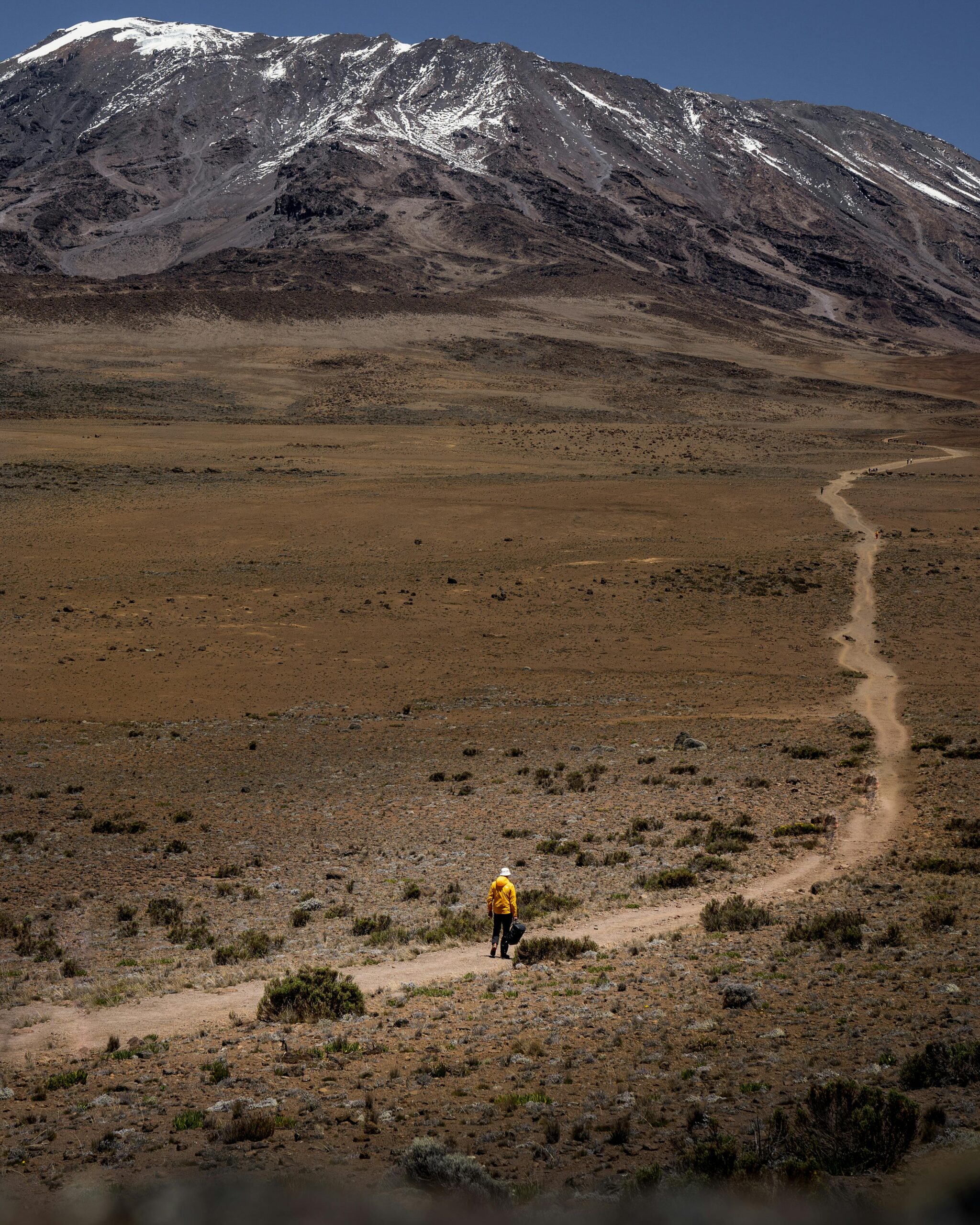
Northern Circuit Route
- 8 - 9 Days
- Tanzania
8 Days Package
9 Days Package
Northern Circuit Route
Description
The Northern Circuit is the longest route on Mount Kilimanjaro, offering trekkers the best acclimatization and the highest summit success rate (95%). Following the Lemosho Route for the first two days, the trail then veers toward Lava Tower, looping around the remote northern slopes at approximately 4,000m, before joining the Rongai Route for the final ascent to Uhuru Peak. The descent follows the Mweka Route, where the sudden presence of more trekkers contrasts with the solitude experienced earlier in the climb.
Landscape
Trekkers begin in lush rainforest, progressing through moorlands before reaching the open high-altitude slopes of the northern flanks. This section is rarely traveled, providing a sense of remoteness and tranquility, with breathtaking panoramic views throughout.
Highlights
- Unmatched acclimatization, leading to the highest summit success rate
- Serene and remote, with fewer trekkers compared to other routes
- Spectacular northern slope views, offering a unique perspective of Kilimanjaro
Difficulty Level
Relatively easy but long, with a 95% success rate
Distance
88 km over 8–9 days
Best Time To Go
Although it is possible to climb Mount Kilimanjaro year-round, for comfort and safety, it is highly recommended to plan your trek during one of the two Dry Seasons, especially if this is your first high-altitude climb.
From June to October, the weather is generally dry and cool, making it the most popular and preferred climbing season. In contrast, January to March offers warmer conditions, with the landscape appearing lush and vibrant after the recent rains.
Wet Season – Kilimanjaro experiences two wet seasons: from April to May and November. During these periods, the climbing trails can be challenging to navigate due to frequent rainfall, making the trek more difficult.
Ready to conquer Mount Kilimanjaro?
Be sure you’re fully prepared! We’ve put together a detailed packing list to help you get ready for the adventure of a lifetime.
Related Articles
Extend your African exploration with our related articles. Immerse yourself in captivating destinations and vibrant cultures for a fuller understanding.
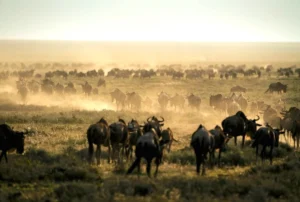
Hello world!
Welcome to WordPress. This is your first post. Edit or delete it, then start writing!
Frequently Asked Questions
Where is Mount Kilimanjaro located?
Mount Kilimanjaro is in Tanzania, East Africa, within Kilimanjaro National Park. It is the tallest free-standing mountain in the world and the highest peak in Africa, reaching 5,895 meters (19,341 feet).
Do I need a permit to climb Mount Kilimanjaro?
Yes, all climbers must obtain a permit, which is included in the cost of booking a trek with a registered tour operator. Independent trekking is not allowed, and all climbers must be accompanied by a licensed guide.
What is the best time to climb Kilimanjaro?
The best times to climb are during the dry seasons:
- January to early March: Warm temperatures and clear skies.
- June to October: Cooler temperatures but drier conditions, making it a great time to climb.
- Rainy seasons (April-May, November-December): These months see heavier rainfall, making the trek more difficult, though fewer climbers mean a quieter experience.
How long does it take to climb Mount Kilimanjaro?
The trek takes between 5 to 9 days, depending on the route and your level of acclimatization. A longer trek increases the chances of reaching the summit by allowing your body to adjust to the altitude.
Which is the best route to climb Kilimanjaro?
The best route depends on experience, fitness level, and preferences:
- Marangu Route (5-6 days): The only route with hut accommodations, but has a lower success rate due to shorter acclimatization.
- Machame Route (6-7 days): Known as the “Whiskey Route,” it is scenic but challenging with steep sections.
- Lemosho Route (7-8 days): Offers great acclimatization and stunning scenery, increasing summit success rates.
- Rongai Route (6-7 days): The only route starting from the north, offering a quieter, less crowded experience.
- Northern Circuit Route (8-9 days): The longest but best for acclimatization, with high success rates.
What is altitude sickness, and how can I avoid it?
Altitude sickness occurs when your body struggles to adapt to reduced oxygen levels. Symptoms include headaches, nausea, dizziness, and shortness of breath. To prevent it:
- Choose a longer route for gradual acclimatization.
- Hike slowly and follow the “pole pole” (slowly, slowly) approach.
- Stay hydrated and avoid alcohol.
- Consider taking altitude medication like Diamox (consult your doctor first).
- Descend immediately if symptoms become severe.
Do I need to train for Kilimanjaro?
Yes, training improves endurance and increases your chances of success. Recommended training includes:
- Cardio exercises: Hiking, running, swimming, and cycling.
- Strength training: Squats, lunges, and core exercises.
- Hiking practice: Walk on uneven terrain with a loaded backpack to simulate trekking conditions.
What gear do I need for climbing Kilimanjaro?
- Clothing: Layered clothing for temperature variations, including moisture-wicking base layers, an insulated jacket, and a waterproof shell.
- Footwear: Sturdy, waterproof hiking boots with good ankle support.
- Sleeping gear: A sleeping bag rated for -10°C to -20°C (14°F to -4°F).
- Other essentials: Trekking poles, a backpack, a headlamp, sunglasses, sunscreen, and a first aid kit.
What kind of food is provided on the trek?
Guides and cooks prepare meals, which typically include:
- Breakfast: Porridge, eggs, toast, and fruit.
- Lunch: Soup, rice, pasta, or potatoes with vegetables and protein.
- Dinner: Hearty meals like stews, chicken, and rice.
- Snacks: Tea, coffee, biscuits, and energy bars.
A special diet (vegetarian, vegan, gluten-free, etc.) can be accommodated with prior notice.
Do I need travel insurance for Kilimanjaro?
Yes, travel insurance covering high-altitude trekking, emergency medical evacuation, and trip cancellations is highly recommended.
What happens if I get sick or injured during the climb?
Guides are trained in first aid and monitor climbers for altitude sickness. If symptoms become severe, descent is the best treatment. Kilimanjaro has rescue teams and emergency evacuation services if needed.
Can I combine Kilimanjaro with a safari or Zanzibar trip?
Yes! Many climbers add a safari in Serengeti, Ngorongoro, or Tarangire after the trek, or they relax in Zanzibar for a beach getaway.
